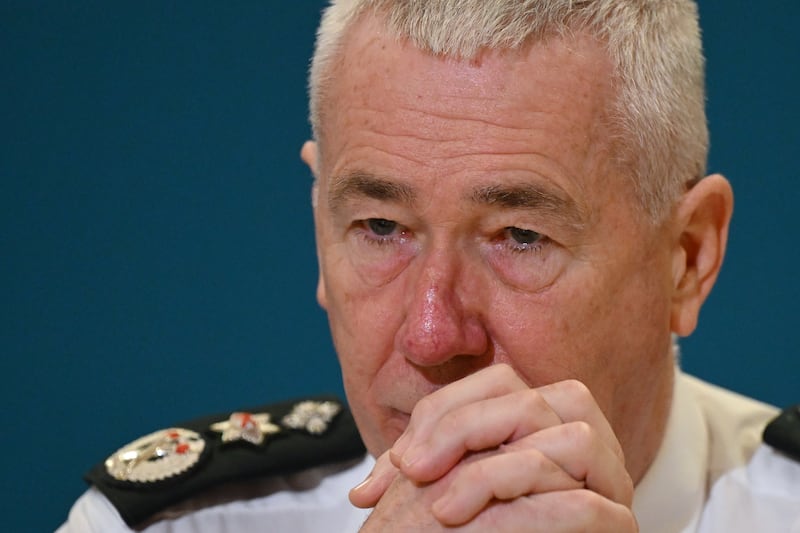Although the first automobile fatality in the world occurred in Ireland in 1869, traffic medicine is a relatively new specialism in this country. Mary Ward, a celebrated scientist, artist and astronomer, died from crush injuries at the age of 42 after she fell under the wheels of an experimental steam car built by her cousins.
In more recent times, traffic medicine is a speciality embracing all disciplines, techniques and methods aimed at reducing the harm traffic crashes inflict on human beings.
Medical standards for driver licensing are used internationally to ensure that the driver’s health status does not increase their risk of crashing. The most visible face of traffic medicine in most countries is the “medical fitness to drive” aspect of driver licensing.
Guidelines The National Programme Office for Traffic Medicine at the Royal College of Physicians of Ireland has developed
guidelines for assessing a person's fitness to drive on behalf of the Road Safety Authority (RSA).
Sláinte agus Tiomáint, Medical Fitness to Drive Guidelines, published in March 2015, contains medical standards to guide the health assessments of drivers of cars, motorcycles, buses and trucks for licensing purposes.
The information in the guidelines is intended to assist doctors and other healthcare professionals in advising their patients on fitness to drive, requirements for reporting to the national driver licence service (NDLS) and guidance on review of these conditions.
The health professional has an ethical obligation, and potentially a legal one, to give clear advice to drivers in cases where an illness or injury may increase their “risk of impairment” while driving.
Until 2012, Irish GPs had largely been relying on the UK guidelines when it came to undertaking medical fitness to drive (MFTD) assessments of their patients.
Since then, the National Programme Office for Traffic Medicine has been involved in a number of traffic medicine educational initiatives aimed at enhancing the vital skills needed by medical postgraduate students, trainees and doctors.
The office is currently enhancing its postgraduate education programme by developing a certificate and diploma in traffic medicine.
Prof Desmond O’Neill, programme director for the office, explains that the guidelines, which will be reviewed annually, will mean little change for most Irish drivers, but they have brought more clarity and protection to GPs in carrying out fitness-to- drive assessments.
“The Road Safety Authority understands that the key issue here is maintaining mobility for drivers with due regard to safety, rather than the other way round. We know that older people who give up driving are more likely to end up in a nursing home, to get depressed . . . so keeping a person’s mobility for as long as possible is very important.”
Over 70s safest O’Neill stresses that
traffic medicine guidelines relate to drivers of all ages, not just older people. He points out that the over 70s are the safest group of drivers on the road.
The guidelines relate to people with a wide range of common medical conditions including diabetes, epilepsy, heart conditions and respiratory disorders, neurological disorders and alcohol and drug misuse (for full list go to rsa.ie).
This year the office is launching a series of leaflets for the public outlining the legal obligation for a driver to maintain their own health and stay off the road if they do not feel well or healthy.
The routine implementation of MFTD guidelines has been associated with a 45 per cent reduction in crashes among drivers with certain conditions. Though the European Union has to a degree harmonised standards by setting minimum directives, there are no globally universal guidelines, giving rise to varying standards in different countries.
Guidelines are now in place in the United States, Canada, New Zealand and the UK and a limited number – relating to diabetes, epilepsy, neurological diseases and obstructive sleep apnoea – are now in EU law.
The National Programme Office for Traffic Medicine is currently working to develop guidelines for competencies and training for on-road assessment.
Declan Naughton, director of driver testing and licensing with the RSA, explains that while the EU directive sets out minimum standards for fitness-to-drive assessment, individual countries can decide they want higher standards as Ireland has done.
“Every patient has their own unique circumstances and the new medical guidelines make the assessment process much clearer now for GPs. If a patient comes in with one of the conditions listed, for example a cardiac problem, the GP can go the guidelines for clarification.”
Declaration Irish and EU legislation requires that a driver advise the National Driver Licence Service
of any long-term or permanent injury or illness that may increase their risk of impairment while driving. At licence application and renewal, drivers complete a declaration regarding their health which includes a list of 23 medical conditions.
O’Neill points out that a driver who drives while medically unfit to do so can be convicted under Sections 32 and 48 of the Road Traffic Act 1961, and there may also be insurance implications where a condition has not been disclosed to an insurance provider.
Instead of putting somebody off the road, which would obviously have a major impact on their independence, the RSA is looking at the possibility of introducing a restricted licence which would permit a person to drive only within a certain distance of their home for example, or only during daylight hours.
The new MFTD standards apply to both group one categories – motorcycles, cars and tractors, without trailer – and group two categories: trucks and buses, with or without trailer.



















